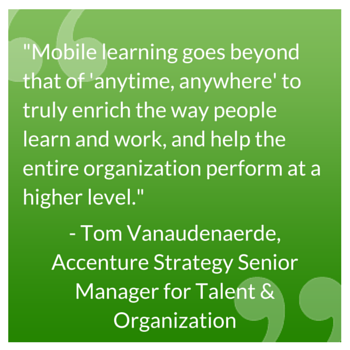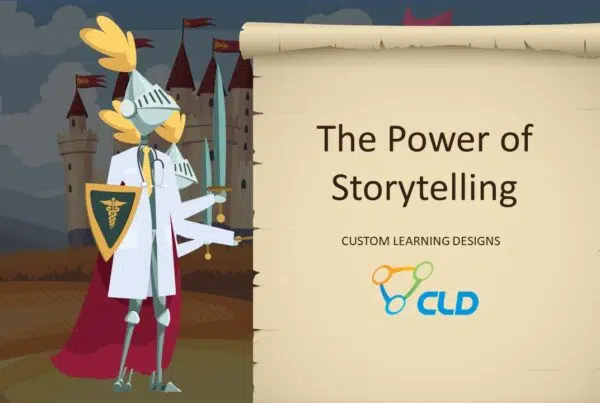Is it any wonder that in an age where unimaginable amounts of information are available at our fingertips 24/7 that whiteboards, paper workbooks, and traditional lectures are losing relevance in corporate training? With Millennials making up an increasing share of the work
Corporate trainers are additionally learning how to improve training quality by developing methods to customize training to each learner’s needs, including what a person’s knowledge gaps are and what type of content delivery he or she learns best from. But modern training methods aren’t just a matter of taking existing content and forcing it into an app. A whole new approach to training is required.
From Monolithic to Modular
Sales trainers know what their sales team members have to learn to be successful in the field. The problem with the older monolithic training structures is that one set of content was applied uniformly to an often diverse group of learners. Today’s training programs are increasingly broken down into bite-sized training modules that trainees can work through on their own. That way they can quickly dispense with the modules containing information and techniques they already have mastery of, and spend more time addressing training gaps. And when all modules are available on demand, learners can go back to review or refresh specific training modules any time they want to.
Multiple Channel Delivery Essential for Pharma Sales Training
Mobility can be the perfect partner for pharma sales training because pharma reps spend so much time in the field. If they can complete a short training module while waiting to speak with a formulary manager, they can put some of their downtime to work rather than spending a week in a classroom for dedicated training sessions.
Most people use mobile apps in everyday life, so adopting mobile training techniques makes perfect sense, particularly for younger adults who don’t really remember a time before the internet. Cross-platform usability is becoming essential to sales training modules today because they reach learners conveniently on a platform they’re using anyway.
User Profiles Help Deliver the Right Content to the Right People at the Right Time
Taking a bunch of traditional training lessons and simply putting them into apps isn’t going to get optimal results for your trainees. It’s better to envision a training “engine” that takes in not only content, but user profiles, tagging, comments, and tracking information, and with this makes informed learning recommendations for each individual user. As users complete more learning modules and provide more feedback, the “engine” becomes better able to recommend training modules that will meet users’ individual needs without having them spend time on techniques or topics they already know.
Feedback Goes Toward Improving Content
Feedback, in the form of quiz results, comments, and even social media interaction among trainees, can be used by training managers to fine-tune learning modules and monitor what works well, and where there is room for improvement. For example, if one person can’t get the hang of a gamified training module, it may be that games aren’t a good learning modality for that person. But if nobody can figure out the gamified training module, perhaps it has a software glitch, should require more prerequisite training, or needs to be modified in some way.
Ultimately, modern pharmaceutical sales training should be modular, flexible, mobile, personalized, and receptive to feedback to address training needs with maximum efficiency. Training specialists have come a long way in recent years in terms of measuring effectiveness and longevity of training methods. Combining this knowledge with the technology that delivers training to learners on an as-needed basis lets your sales reps receive the training they need with minimum disruption to their work in the field.




